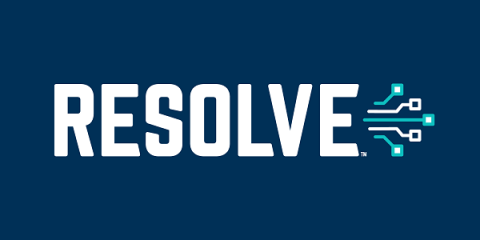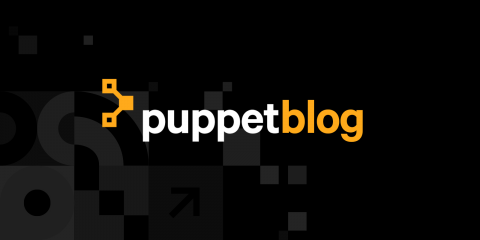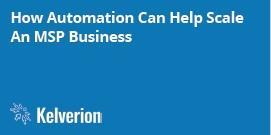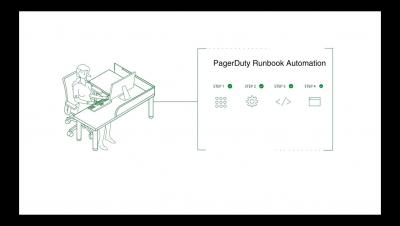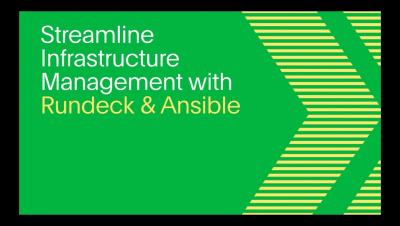Top 5 Trends Forecasted for Telco Operations' and Network Automation's Growing Impact
There’s no end in sight for the more-than-fair share of technological advancements the telecommunications sector has seen. And with change, comes challenges. The infrastructures that establish digital communication and connectivity that nearly everyone depends on are in regular, ongoing need of upgrades, which calls for significant investments in building and maintaining them. Much of the relevant decision-making comes from Communication Service Providers (CSPs).


